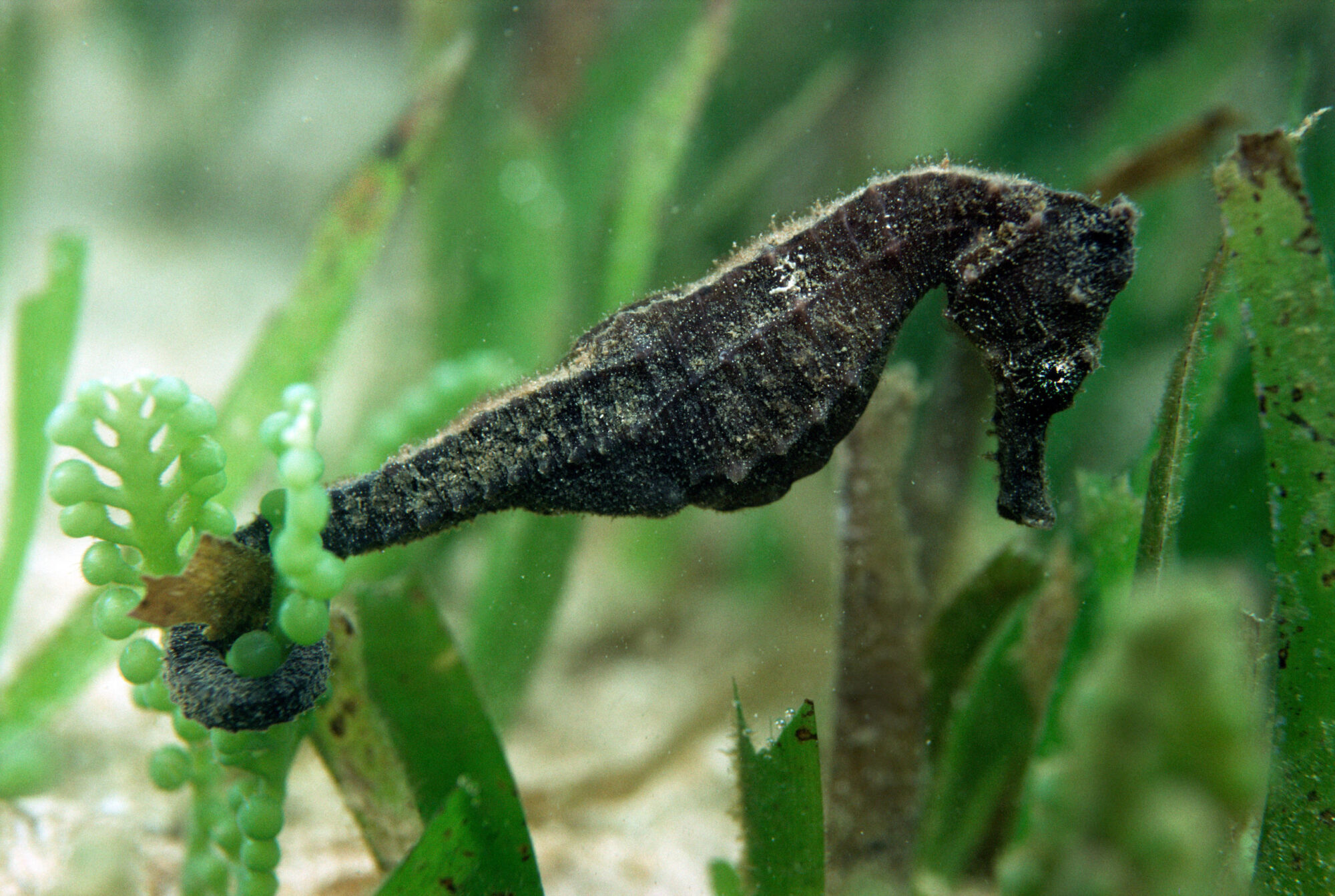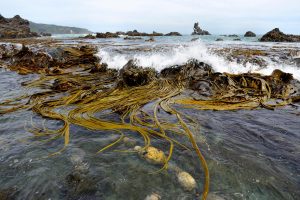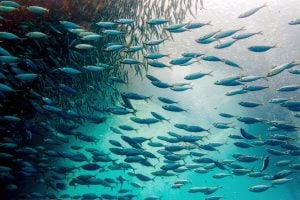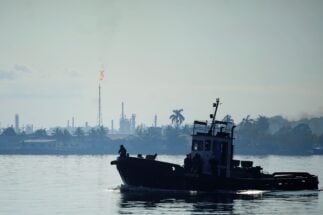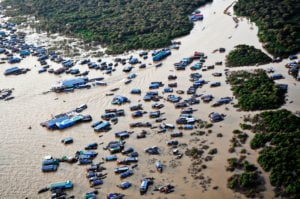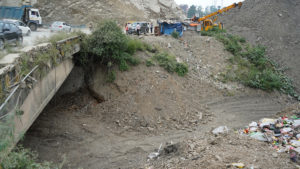Marine conservationists have welcomed an “important and hard-fought-for win” as the ocean was incorporated into the UN climate change regime at the close of the COP26 summit in Glasgow over the weekend.
But there was also a warning that any progress would be undone by the lack of near-term, verifiable action towards limiting global warming to 1.5C.
“Pressure on the ocean will continue to increase,” said the OneOcean Flotilla, a collective of marine organisations that stressed the urgent need for ocean action, including “a robust High Seas Treaty, protection of at least 30% of the global ocean by 2030, a reduction in other current ocean stressors including overfishing, and in future threats such as deep-sea mining.”
The Glasgow Climate Pact, adopted late on Saturday evening, now recognises the ocean under the UNFCCC (United Nations Framework Convention on Climate Change), with an invitation for all workstreams and constituted bodies to consider how to integrate and strengthen ocean-based action.
In its preamble, the pact highlights “the importance of ensuring the integrity of all ecosystems, including in forests, the ocean and the cryosphere, and the protection of biodiversity … when taking action to address climate change.”
Most significantly, the pact calls for an annual dialogue to strengthen ocean-based action, that will take place every May/June from 2022, before reporting back to the COP towards the end of the year.
Torsten Thiele, head of the Global Ocean Trust, who moderated the finance panel at the first UNFCCC Ocean–Climate Dialogue earlier this year, told China Dialogue Ocean: “COP26 succeeded in fully integrating ocean-based action into all workstreams. Now we need to ensure that … we have a solid commitment to stopping ocean degradation, supported by appropriate financial contribution.”
Campaigners, notably John Kerry, the US special climate envoy, had seen this annual dialogue as key to ensuring that the ocean would play a role in UN mitigation, adaptation and finance goals.
“When the world talks about the climate crisis, the ocean crisis must be front and centre in that conversation. One way to ensure that happens will be to establish an ongoing forum for ocean issues here in Glasgow in the COP26 decision text,” Kerry said.
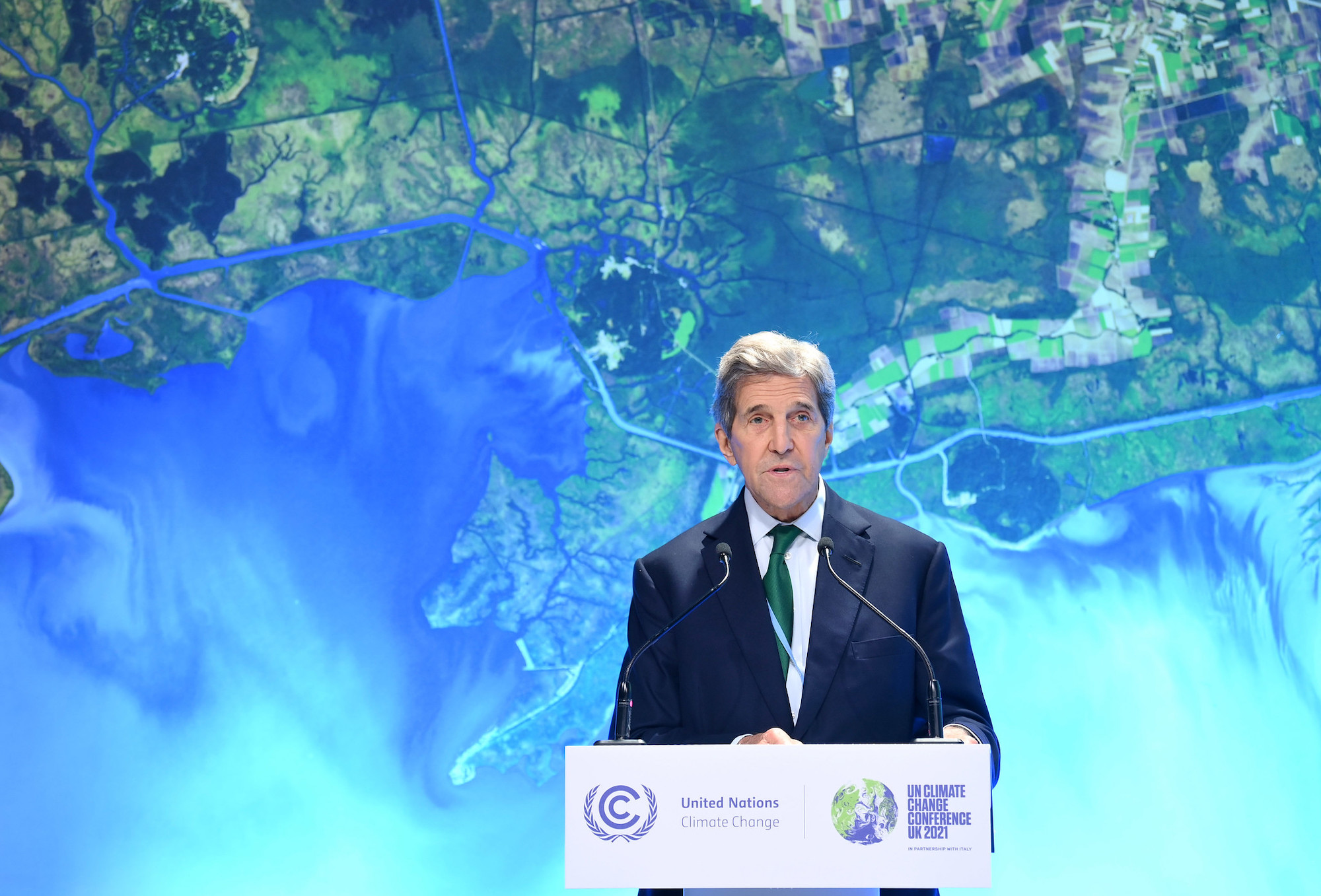
In a statement on the COP26 outcome, WWF Oceans said the annual Ocean–Climate Dialogue would be an important tool to increase ambition: “Priority actions should strengthen the mitigation, adaptation and resilience potential of the ocean, as well as dependent communities and economies, through nature-based solutions and measures that are biodiversity-positive and can deliver net-zero outcomes.”
Ocean–climate nexus
While ocean health, biodiversity and climate change have traditionally been siloed under UN processes, there has been increased recognition that they are inseparable issues. The ocean plays an essential role in climate regulation: covering 70% of the planet, it absorbs CO2 and heat, and the life within it produces half the oxygen we breathe. But it is under existential threat due to anthropogenic climate change, pollution and overfishing. The latest science, particularly from the 2019 IPCC Special Report on the Ocean and Cryosphere and the 2021 Second World Ocean Assessment, indicates that tipping points are being reached and risk is increasing, namely from acidification, warming and sea-level rise.
However it’s not only the damage, but the ecosystem services provided by the ocean that are being increasingly valued economically and recognised politically. Protecting and restoring ocean ecosystems – from mangroves, salt marshes, coral reefs, seagrass beds to kelp forests – provides crucial services such as carbon sequestration, reducing vulnerability to storms and flooding, and supporting sustainable livelihoods for indigenous peoples and local communities.
Jane Madgwick, CEO of Wetlands International, said the presence at this year’s COP of the first-ever pavilion dedicated to peatlands “indicates how far we’ve come in finally acknowledging the fragility and power of peatlands while providing a platform on which the private and public sector can work together to realise solutions towards the protection and restoration of, hectare-to-hectare, the best carbon sink, when compared to forests.”
The aim is to reach objectives of the Paris agreement, and if we don’t use the nature-based solutions at hand – including the oceans – we will never reach it.
While many high-level experts agreed that the relationship between the ocean and climate change – the “ocean–climate-nexus” – had now become mainstream, others said valuable time had been lost by excluding the ocean from the UNFCCC process for so long.
“I fervently hope that even the naysayers now realise that there cannot be a healthy planet without a healthy ocean, and that climate change and ocean change are basically one and the same thing,” said Peter Thomson, the UN’s special ocean envoy.
“It has taken 25 years – and we are still fighting,” Waldemar Coutts, director for environment and oceans at Chile’s Ministry of Foreign Affairs, commented. “That’s very sad because the aim is to reach objectives of the Paris agreement, and if we don’t use the nature-based solutions at hand – including the oceans – we will never reach it.”
Representatives of small island states also noted progress at COP26, but stressed a need for further action. “We’d like to see [the COP] get consistently bluer,” said Palau’s UN ambassador, Ilana Seid. “Seeing traction in getting oceans incorporated into climate dialogue [is progress] but we need to see more. The voices of small island developing states haven’t been amplified loudly enough and we must continue to push our agenda at future COPs.”
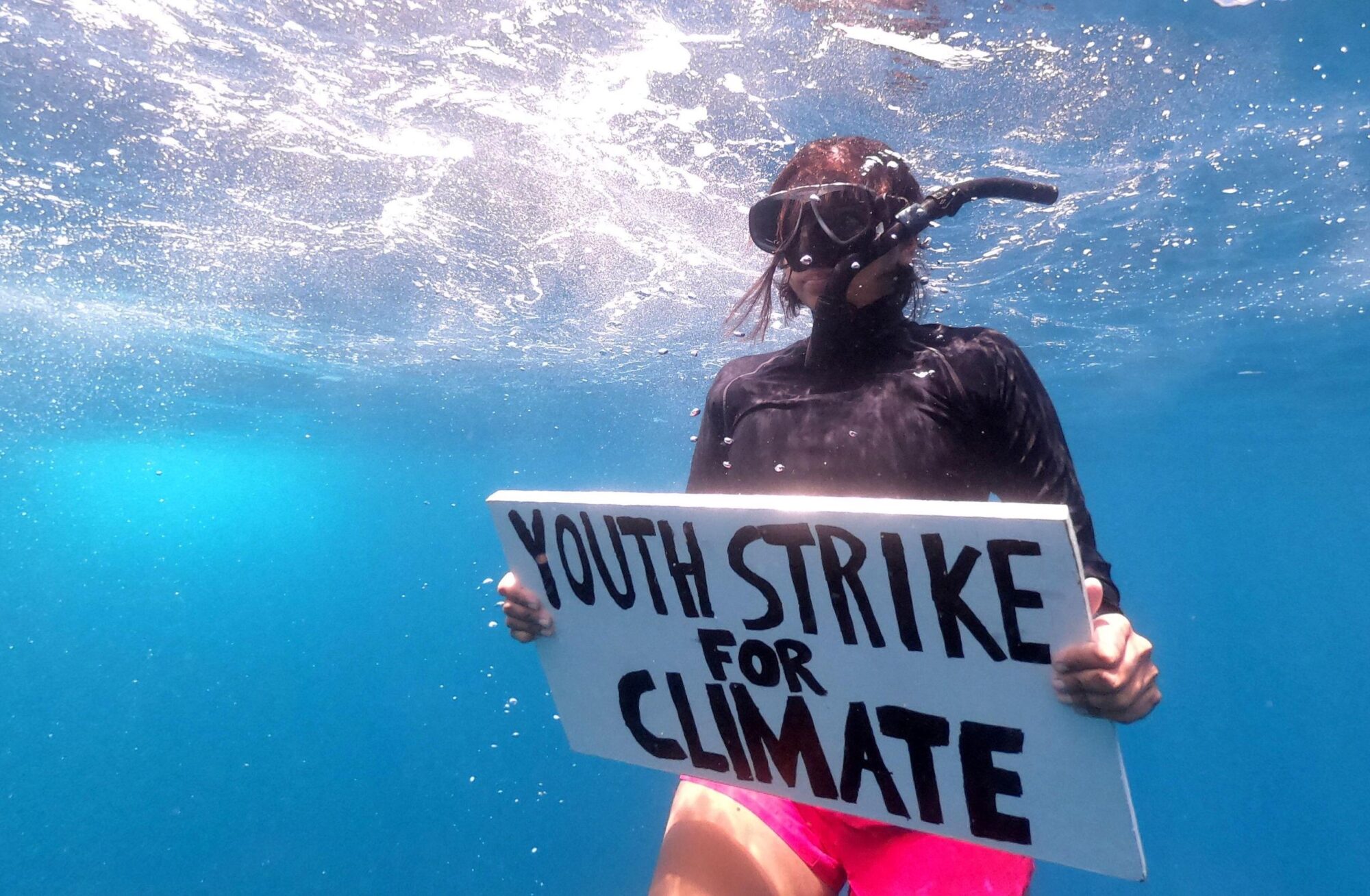
New initiatives
The Glasgow Climate Pact followed two weeks of talks that saw more than 30,000 people arrive in Glasgow, including civil society, the media, world leaders and government representatives. There had been high hopes that the ocean would feature strongly on the agenda, with a dedicated themed day, and numerous side events and exhibits showcasing ocean-based climate solutions, fisheries, shipping emissions, offshore renewable energy and finance.
The first week began with 20 countries signing the third instalment of the ‘Because the Ocean’ Declaration, which called on states to integrate ocean, climate and biodiversity linkages in their plans to implement the Paris Agreement. More than 100 signatories to the Ocean for Climate Declaration – from civil society organisations, the private sector and academia – then called for governments to include ocean conservation initiatives within their formal commitments to reduce emissions.
In ocean funding, US$145 million was announced for the Global Funds for Coral Reefs, while $20 million was committed towards supporting nature-based solutions and vulnerable communities at the Ocean Risk and Resilience Action Alliance roundtable. Elsewhere, the Great Blue Wall initiative was launched by states in the Western Indian Ocean, aiming to conserve and restore marine and coastal biodiversity, while Fiji announced its plan to issue a sovereign blue bond in 2022. Belize also pledged to develop a pioneering “project finance for permanence” scheme for marine protected areas (MPAs), conservation and coastal ecosystems.
The forests got the money and the oceans didn’t
But many ocean campaigners contrasted these initiatives against the high-profile funding pledges made on forests. “The forest people got the money and the ocean people didn’t,” said the Global Ocean Trust’s Thiele. “We need a serious commitment to ocean climate finance. An extra $10 billion given to the oceans could have closed the gap on [the climate finance target of] $100 billion and helped the most at-risk – the small island coastal states, the people who made the Paris agreement happen.
“[Action on oceans at COP] is not streamlined or focused in the right way, and we see from forests that this is needed. As we go into 2022 there are several big opportunities to close the finance gap – and we are asking countries to please step up and make that commitment.”
After many postponements and delays due to Covid-19, there was a feeling at the talks that there is finally a solid and promising timetable of events in the next 12 months to build momentum for ocean protection. Thiele pointed ahead to several key meetings, including:
- World Trade Organization negotiations to end harmful fishing subsidies (Geneva, November–December)
- UN Environment Assembly (Nairobi, February–March)
- Our Ocean Conference (Palau, February)
- One Ocean Summit (Brest, February)
- The Economist World Ocean Summit (Lisbon, March)
- Fourth session of negotiations on UN High Seas Treaty (New York, March)
- Convention on Biological Diversity COP15 (Kunming, April–May)
- UN Ocean Conference (Lisbon, June)
- Fifth International Marine Protected Area Congress, (Vancouver, June)
Of the months and events ahead, the UN’s Peter Thomson said: “The two important conferences in my mind between now and COP27 are the biodiversity COP – where hopefully we will adopt a target of 30×30 protection of land and sea. And, secondly, the UN Environment Assembly, where I fully expect that member states will mandate the commencement of negotiations for an internationally binding treaty on plastic pollution.”
Calls for “30×30” – to protect 30% of the world’s land and ocean area by 2030 – were repeatedly made at COP26, and 77 countries are now backing the inclusion of this target in the final UN biodiversity treaty.
MPAs are considered one of the best ways to enhance coastal ecosystems, which capture and store atmospheric carbon dioxide. UN goals had aimed for 10% of ocean areas to be fully protected by 2020 – but only made it to 7.8%. “Now we say ‘30×30’. We need to get real here and be universal in our efforts,” said Thomson. “Africa, Latin America, Russia, China need to be in there too. And we need the Southern Ocean MPAs. We would have 10×20 now if we could get them in place.”
Thomson was referring to the latest round of CCAMLR talks on Antarctic protection, which recently failed – for the fifth year in a row – to increase protected areas in the Southern Ocean.
A significant announcement also made in the first week of COP26 was the plan for a new “mega-MPA” in the Eastern Tropical Pacific involving Colombia, Costa Rica, Ecuador and Panama. Enric Sala, National Geographic’s explorer in residence, will next year lead an expedition to the “Ocean Highway” area using a manned submersible and remote cameras to survey current marine protected areas and identify potential new ones.
“This will be the first science ever conducted in these waters to assess abundance of marine life,” Sala said. “It will also provide a benchmark against which future change will be measured.”
Negotiations to protect marine Biodiversity in areas Beyond National Jurisdiction (BBNJ) – known as the High Seas Treaty – also look set to finally resume next year after delays due to the pandemic. Emmanuel Macron’s One Ocean Summit, due to be held in Brest next February, reportedly aims to secure a high-level political commitment to large-scale marine protection, and give negotiators guidance for the final round of UN talks on the treaty scheduled for March in New York.
Countries are negotiating on four key topics, with the aim of ensuring that all nations can share equally and sustainably in the benefits and resources – biological and mineral – of the high seas, which cover 45% of the planet’s surface and are home to 90% of marine life.
